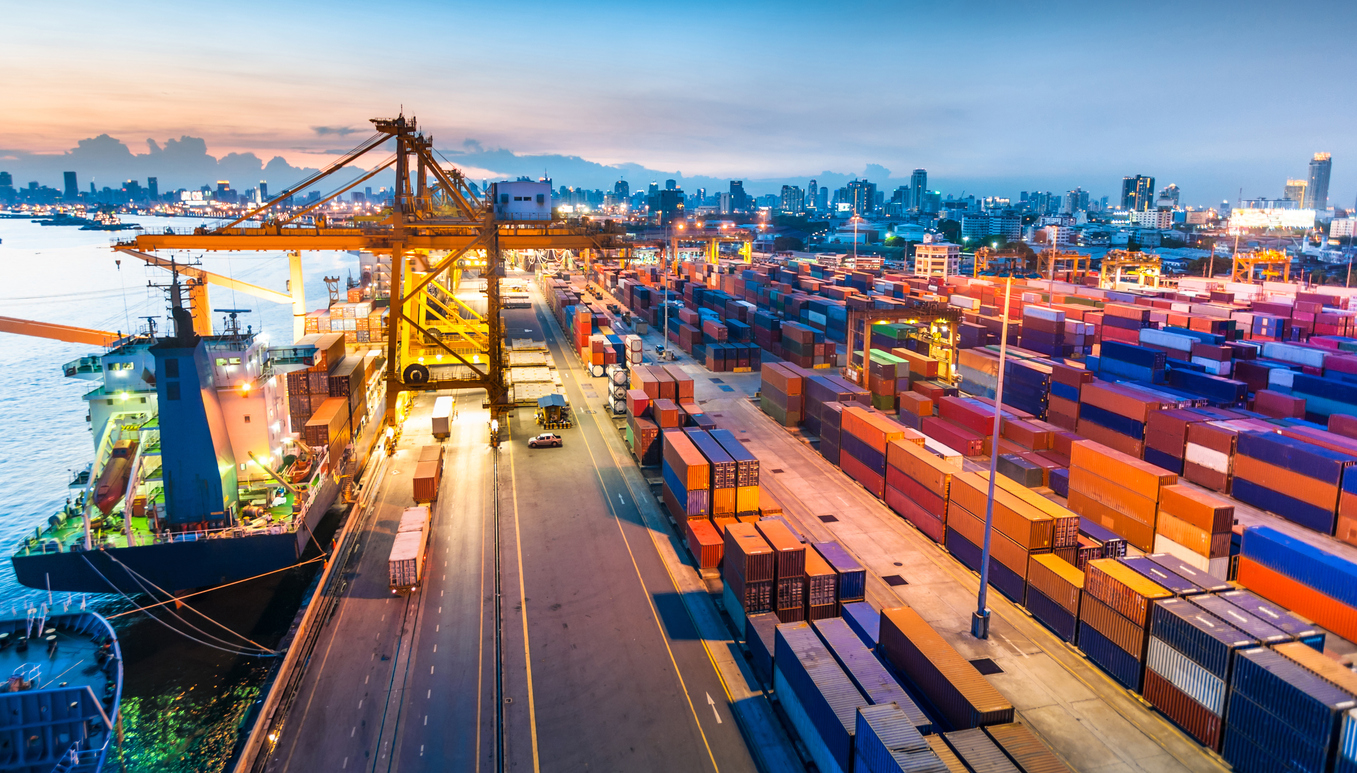We live in an era of unprecedented technological change. Across all areas of life, new technology, principally digital, is disrupting previously accepted forms of behaviour, and this disruption shows no signs of slowing down. Perhaps the business sector has been hardest hit by the digital revolution of the past decade, with the rise of the internet and e-mail, e-commerce and computerisation of formerly manual processes utterly transforming most fields of manufacturing, retail, transportation, finance and service.
Alongside and partly because of this digital revolution we have also seen the globalisation of trade and production. These changes, while largely positive, have also brought with them many difficulties, and the social and environmental impact of global trade and digital technology has been considerable. In all cases, the shipping industry finds itself at the forefront of a transforming culture. Yet, in some ways shipping has been the slowest sector to adapt to this new frontier.
Conservative industry
There are several reasons why shipping is seen as a very conservative, traditional and slow-moving industry. One could point to the fact that most port and shipping office management are ex-mariners and due to their age and background are unlikely to encourage new and unfamiliar procedures. The fact that many shipping companies are hierarchical, family-owned businesses also contributes to the industry being slow to embrace change.
There is also the level of risk involved in being a trend-setter in a highly competitive industry that relies on effective communication between shipping firms, charterers and port authorities and so on. In many fields, change comes from the smaller players, but in shipping, such innovation is rarely rewarded. For new methods to be effective and accepted the major companies and bodies must adopt them.
Innovative technology
There are however signs that such changes are underway. Evangelos Marinakis is just one prominent shipping magnate who sees change as a positive factor and understands the need to deploy cutting edge technology both for greater efficiency and for improved safety. Elsewhere, pioneering research that could utterly transform shipping is being carried on behind the scenes, but could have a dramatic real-world impact within the next ten years.
Autonomous shipping
Rolls Royce has allocated a significant research budget to the design and development of unmanned, automated or autonomous vessels- essentially, ships with no crew that are piloted and maintained solely by digital technology. The European Union is funding a similar project to the tune of nearly £4m. If successful, such ships would be able to carry a much increased cargo load due to the absence of crew, and would have reduced fuel requirements, with obvious financial and environmental benefits. The cut in labour could save up to 40% of current operating expenses, though of course such a move would be deeply controversial in terms of worker’s rights.
Going green
Engineers in Norway have also been working on the Vindship, a hybrid merchant vessel for sustainable sea travel that is part propelled by wind power, backed up by liquefied natural gas engines. On-board computers are also used to calculate the most efficient seafaring routes based on up-to-the-minute weather data. This environmentally friendly vessel could lead to 60% fuel savings and an 80% reduction in carbon emissions.
Other green technology initiatives currently in the pipeline include sulphur scrubber systems, which offer up to 98% reductions in sulphur oxide emissions by washing them out at the exhaust pipe, and advanced rudder and propeller systems to improve speed while reducing fuel consumption.
Clouds up ahead
The combination of cloud computing and the Internet of things (IoT) also opens up many new possibilities, some of which are already being explored. Online sites that can be accessed by multiple users via the cloud are a much more efficient method of communication than phone, fax or even email, allowing for rapid connectivity between vessels, ports, shipyards and contractors. These can be restricted or open, and in the latter case there is the advantage of transparency, for instance in objectively assessing the current fair market value of ships.
The future
Overall in shipping the picture is of boundaries blurring and of change being forced by outside threats, whether these are economic and environmental or in the form of powerful new e-commerce challengers like Amazon, who are increasingly looking to manage their own shipping and logistics without being bound by traditional industry rules. Integrated digital solutions will mean that previously separate areas like shipping, finance, insurance, chartering and so forth will increasingly be managed simultaneously. There will be many challenges to overcome, but every old sailor knows that it’s futile to try to go against the tide of progress.



 Bitcoin
Bitcoin  Ethereum
Ethereum  Tether
Tether  XRP
XRP  USDC
USDC  Solana
Solana  Cardano
Cardano  TRON
TRON  Lido Staked Ether
Lido Staked Ether  Toncoin
Toncoin  Avalanche
Avalanche